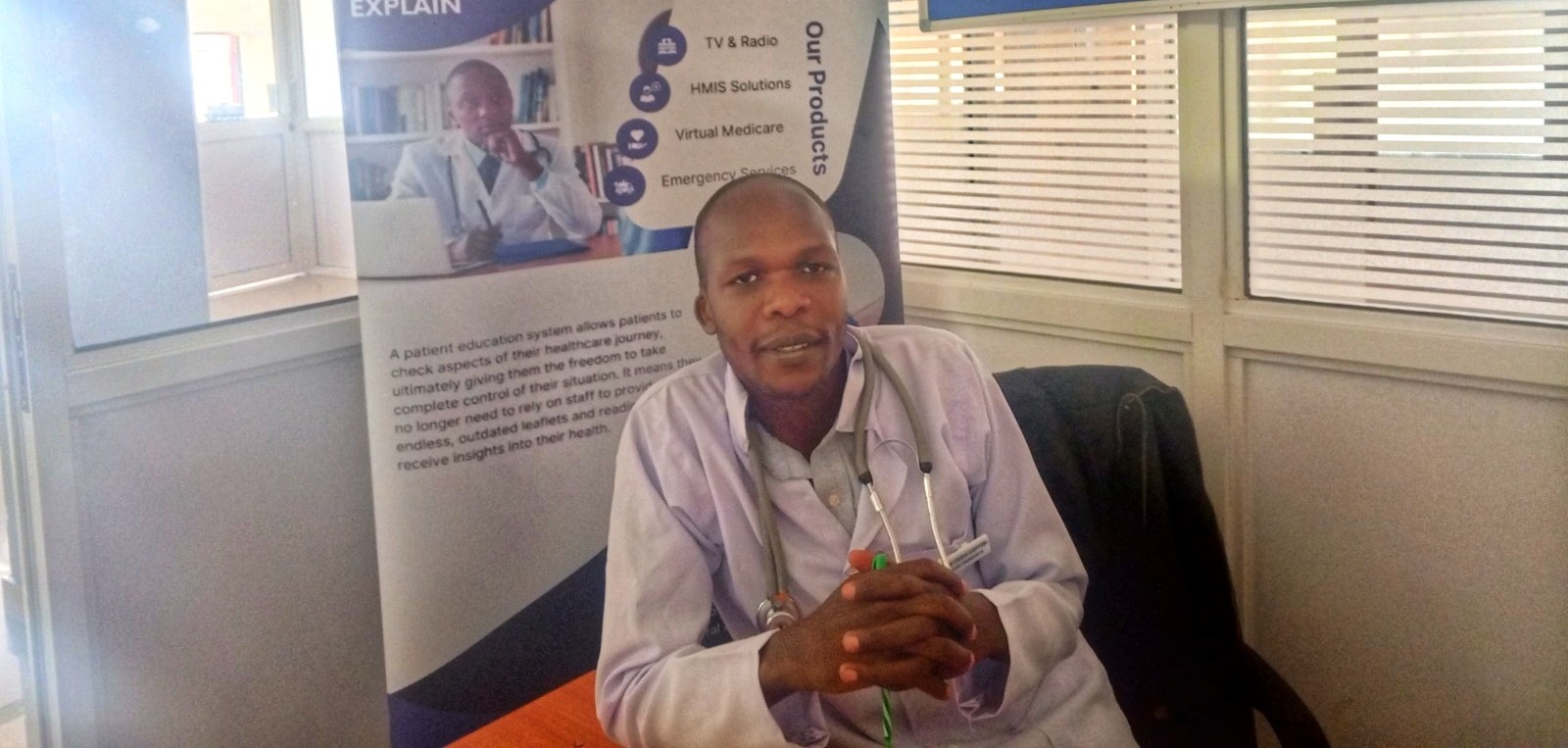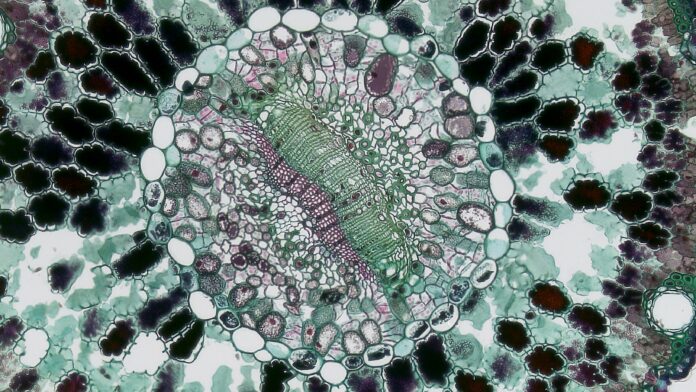By Thomas Mwiraria
Nairobi, Kenya: An estimated.5 million neonates are born every year with Sickle Cell Disease worldwide; more than 80% of them are born in Africa, this is according to Springer Open Journal. Most individuals with SCD live in sub-Saharan Africa, India, the Mediterranean, and Middle East; approximately 100 000 individuals with SCD live in the US.
The number of those affected by SCD is projected to increase exponentially; it is estimated that 14,242,000 babies will be affected by SCD between 2010 and 2050; the movement of people and growing globalization will further spread SCD across the globe in the ensuing decade-The Journal states.
SCD, a hereditary blood disorder, is characterized by abnormal hemoglobin, the essential oxygen-carrying protein in red blood cells. Instead of the typical round shape, the red blood cells in individuals with SCA assume a rigid, crescent or sickle shape. These misshapen cells can cause blockages in blood vessels, triggering intense pain, organ damage, and other serious complications. This is according to Dr. Levi a Medical Researcher at Medical Innovation and Accelerator Hub-Kenyatta University Teaching, Referral & Research Hospital.
Springer Open Journal describes Sicke Cell Disease as “a fatal systemic condition characterized by acute painful episodes, persistent anemia, ongoing organ damage, organ infarction, and a markedly shorter average lifetime.”
John Hopkins say sickle cell disease is treated with pain medications as needed, and drinking 8 to 10 glasses of water each day, blood transfusions, and medications.
Kenyan Physician Dr. Mercy Atieno Odhiambo (MBCHB) weighs on saying Patients are put on folic acid and hydroxyurea. Patients below 5 years are put on some prophylactic antibiotics – PEN V, and of course Malaria prophylaxis in malaria zone. Malaria prophylaxis is palludrine with Monthly or 2 monthly follow up”
“Hydroxyurea is slightly expensive: going for up to Shs. 60 per capsule but some sickle cell prone areas; county government have provided it a lower cost. Hydroxyurea is myelosuppresive so it’s given to sicklers above 9 months of age, Haemoglobin above: 4, platelets above 80” she adds.

While Mary a clinician based in Nairobi adds Sicke Cell Treatment involves pain medications and drinking plenty of water (8 to 10 glasses). Other interventions include Vaccinations and antibiotics, Folic acid, Hydroxyurea, Regular eye exams, and Bone marrow transplant.
Hydroxyurea is the first of just two U.S. Food and Drug Administration (FDA)–approved drugs to treat sickle cell disease (SCD) by inhibiting the HbS polymerization that causes sickling. The clinical effectiveness of hydroxyurea is due to the induction of fetal hemoglobin (HbF). This is according to National Institutes of Health.
Emerging Treatment Paradigms.
Dr. Levi opines that recent breakthroughs in research and treatment have injected a renewed sense of optimism into the fight against SCA, signaling potential game-changers for patients across the continent.
The Doctor explains that managing SCA has centered on symptom relief and complication management. However, recent strides in treatment options have opened new avenues for more targeted and effective approaches. Hydroxyurea, a medication fostering fetal hemoglobin production, shows promise in reducing the frequency and severity of SCA-related complications. Additionally, innovative treatments like blood transfusions and bone marrow transplants are being explored as potential curative measures.
Gene Editing, Genomics, and the Road to Cure
Amazing progress has been made in the previous 50 years to comprehend the pathobiological and pathological challenges of SCD, but the progressive therapies have been unacceptably sluggish and ill-defined. The therapeutic action of SCD will vary in the next 30 years due to advancements in genetics and genomics and increased awareness on the part of the funding agencies NIH, USA, this is according to The Open Springe Journal.
The Journal Postulates that with the development of new technology, stem cell transplantation or gene therapy appears to be more widely applicable, with the use of pluripotent stem cells showing the most promise.
“At the forefront of cutting-edge research are gene editing technologies like CRISPR-Cas9, which enable scientists to modify specific genes linked to SCA. This revolutionary approach holds the promise of correcting the underlying genetic mutations responsible for SCA. Advancements in genomics, coupled with precision medicine, are transforming the landscape, providing tailored interventions based on an individual’s unique genetic makeup, lifestyle, and environment” explains Dr. Levi.
Precision Medicine’s Pivotal Role
The Researcher Levi goes on to say Precision medicine, a tailored approach to treatment, is proving to be a game-changer in the SCA arena. By understanding the genetic variations among individuals with SCA in Africa, researchers can develop personalized treatment strategies. This transformative approach emphasizes the importance of considering regional genetic diversity, ensuring that interventions are effective across diverse populations.
Affordability of Precision Medicine
Since the majority of SCD patients live in less developed countries, efforts will need to be made to make these medications available there.
Community Empowerment and Education
Beyond the scientific realm, addressing SCA in Africa necessitates community engagement and education initiatives. Raising awareness about genetic risks, promoting genetic counseling, and encouraging prenatal testing are vital components of a comprehensive strategy. Empowering communities with knowledge enhances early detection and intervention, ultimately improving patient outcomes, Dr Levi Posits.
The Researcher reveals that the current landscape of Sickle Cell Anemia treatment in Africa is marked by exciting advancements in gene editing, genomics, and precision medicine. The journey towards unlocking hope for those affected by SCA involves addressing challenges related to accessibility and ensuring that groundbreaking innovations reach those who need them most. As science continues to push boundaries, the potential for transformative change in the lives of SCA patients in Africa and beyond is within reach.














